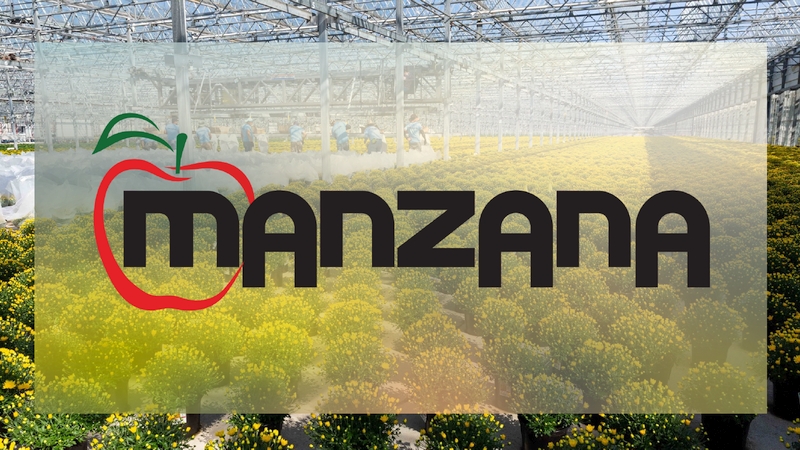How New Horticulture Lighting Requirements Can Help Growers Save Money
The DesignLights Consortium (DLC) has announced the final version of its Horticultural Lighting Technical Requirements Version 3.0, which are designed to increase the efficacy and establish additional minimum performance baselines for LED luminaires, lamps, and controls used by the burgeoning controlled environment agriculture (CEA) industry. With a proposed effective date of March 31, 2023, V3.0 also introduces a surveillance testing policy intended to protect the integrity and value of the DLC’s Horticultural Qualified Products List (QPL) for all stakeholders.
“Since the DLC created the first QPL for energy efficient horticultural lighting in 2018, the CEA industry grown steadily, fueled by increased demand for year-round locally produced food as well as expanded legalization of cannabis cultivation,” says DLC Executive Director and CEO Christina Halfpenny. “Our Horticultural Lighting Technical Requirements support the industry’s desire for sustainability, and we have seen a 17.5% increase in the average efficacy of listed products since launching the QPL. V3.0 is the next step in our support for energy efficient products and practices in CEA.”
With the North American CEA industry projected to grow to $8 billion by 2026, horticultural lighting has become one of the fastest growing segments of the electric load for many utilities. Globally, indoor agriculture requires an average of 38.8 kilowatt hours to product 1 kilogram of harvested crop. Against this background, the U.S. Department of Energy has recommended that US growers transition their lighting to all LED technology, cutting electricity usage by 34% and saving operators approximately $350 million.
The DLC’s Horticultural Technical Requirements are designed to promote energy efficient technology in CEA facilities, guiding the industry toward sustainable growth in concert with decarbonization efforts.
Provisions of the V3.0 policy include:
- Increasing (for the first time since the Horticultural Lighting Program launched) the Photosynthetic Photon Efficacy (PPE) threshold of QPL products. This 21% increase over the previous PPE threshold, sets a baseline for LED-based horticultural lighting that is 35% above the most efficacious non-LED option (1,000-watt double-ended high pressure sodium luminaire)
- Introducing requirements for reporting application information of listed products to allow efficiency programs and QPL users greater insight into listed products, including a requirement for product dimensions and representative images to be published on the Hort QPL
- Introducing product-level controllability requirements (including dimming capability for certain AC-powered and all DC-powered luminaires and replacement lamps, and reporting of additional controllability details) to enable additional functionality and energy savings, promote interoperability, and lay the groundwork for future demand-response efforts
- Introducing a surveillance testing policy whereby the DLC will actively monitor the validity of data and other information submitted to the DLC.
V3.0 incorporates several changes in response to stakeholder comments received after release of the draft policy last March. These include revised application terminology to ensure clarity and better alignment with industry nomenclature and practices; revised definitions and nomenclature with respect to dimming and controllability capabilities; and support for selecting the same product for surveillance testing more than once if at least two years have passed between selections.
The new policy enhances the DLC’s Horticultural Lighting Program, providing indoor commercial growers with significant product variety and increased savings opportunities. A searchable, filterable online resource that offers users apples-to-apples comparisons of more than 1,075 horticultural LED products, the Horticultural QPL has realized a 16-fold increase in the past two years. At least two dozen North American utilities require CEA operators to use QPL products to qualify for energy efficiency incentives, and others have incorporated the DLC technical requirements into their programs. Two states with cannabis-specific energy efficiency regulations (Massachusetts and Illinois) offer a compliance pathway via the DLC’s Horticultural QPL.
The DLC will provide more information on during a webinar on Dec. 14.









